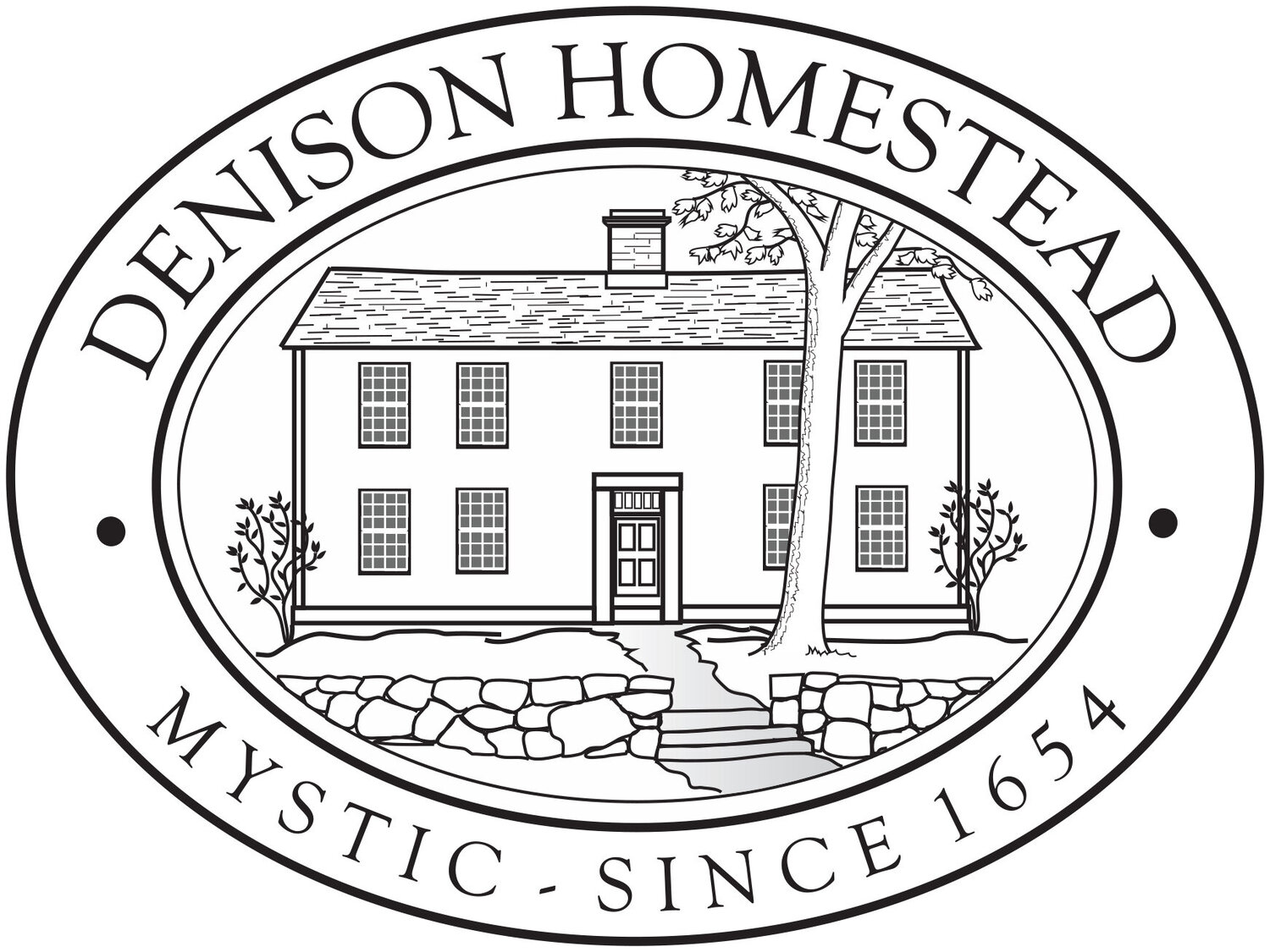In the Colonial Kitchen, the Homestead has what looks like a wrought iron clip, with a pretty spiral handle and three legs. What was is for? Holding a rushlight or a splint! In the 1700s any form of artificial light was a challenge. The wealthy might prefer sophisticated lamps or nice-smelling spermaceti candles, but there were many ingenuous alternatives. Rushlights were among the cheapest.
Rushlights were made from rushes, typically common rushes or juncus effusus. They were widely used in Britain from the Middle Ages into the 19th century, but the use of rushlights was never very widespread in the Colonies. Rushlight holders like ours are comparatively rare. The rushes were gathered in late summer, stripped of most of their outer pith, and left to dry. This was typically a children’s task. Later, the rush strips were passed through any available melted fat. Sometimes a special oval metal vessel called a grisset was used for this. (Rushes could also be dipped several times in fat, to produce a thicker candle. These are “rushlight candles” rather than “rushlights” and they used a typical candleholder. At a time when nearly all cloth was homemade, they saved the trouble of making a cloth wick.)
Rushlights burned best when held at a 45 degree angle. The simplest rushlight holders were sticks split at the top, but there were also complex wrought iron examples, with twists, springs, attached candleholders, or adjustable trammels. There were even rushlight “candelabra” which stood on the floor or hung from a pendant and could hold two or three rushlights. As the rush burned, it had to be constantly adjusted in the holder; even by the somewhat lax standards of colonial fire safety, they absolutely could not be left to burn unattended. Rushlights seemed to vary greatly in size and, thus in the length of time they burned. The Rev. Gilbert White, who gave a very complete account of rushlight making in his Natural History and Antiquities of Selbourne, describes rushlights as typically being over two feet and burning about an hour. Charles Dickens describes an even taller rushlight in Great Expectations, in some kind of punched-tin holder, which burns though most of Pip’s sleepless night. He also gives a sense of how annoying they could be: “an object like the ghost of a walking-cane, which instantly broke its back if it were touched, which nothing could ever be lighted at, and which was placed in solitary confinement at the bottom of a high tin tower, perforated with round holes that made a staringly wide-awake pattern on the walls.” But other sources describe shorter lights which burned out in as little as fifteen minutes. They apparently varied greatly; one might be bright and the next feeble and flickery. The great advantage of rushlights was cost. The materials were nearly free, and in an age when many things were homemade, it was equally important that they were easy to make.
More common in America were splint lights. Splints were very simple slivers of an oily wood which were set on fire to provide light. Common in northern Europe for just about forever, these were less used in Britain outside of Scotland because there was less suitable wood. But when the colonists got to America, they found the forests of resinous pine and several Native American tribes already using them as splint lights. The northern colonists called them “candlewood” (“light wood” in the South) and they were apparently one of the most common forms of lighting in the early years of settlement. William Wood, writing New England’s Prospect in 1634, was not enthusiastic: candlewood “may serve as a shift among poore folks, but I cannot commend it for singular good, because it droppeth a pitchy kind of substance where it stands.” A possibly bigger problem was that splints were known to drop sparks.
The wood was usually cut into 8-10 inch slivers. They could be held in the hand or wedged between fireplace stones, or they could have their own holder. Our holder could possibly have held a split, but dedicated splint holders usually had thicker jaws. Splints burned best held horizontally. They were said to last about 20 minutes.
Rushlights and splints, of course, are basically a form of torch, and according to archeologists the torch is the first form of artificial light mankind used. As a technology it lasted a long time. While today we may only have decorative tiki torches, or use splints (still made of pine!) if we need to light a Bunsen burner in a lab class, its somewhat reassuring to realize how little we actually need to produce light in the dark.
Sources:
Helen Brigham Hebard. Early Lighting in America.
The Rushlight Club. Early Lighting: A Pictorial Guide.
Arthur H. Hayward. Colonial and Early American Lighting.
Charles Dickens. Great Expectations.
Gilbert White. Natural History and Antiquities of Selbourne
Edwin Rollins. “What is a Rushlight?” The Rushlight. May 1959. https://www.rushlight.org/
William Woods. New England’s Prospect.
Nell Du Vall. Domestic Technology: A Chronology of Developments.


